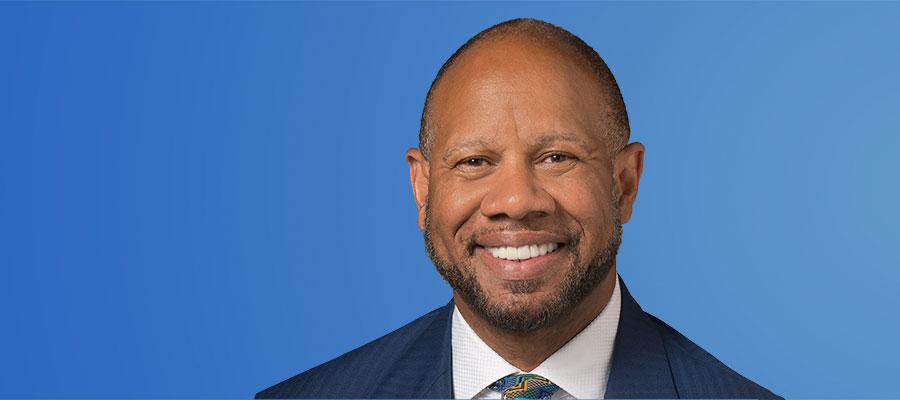Chair File: Safeguarding and Strengthening Rural Health Care

Today I had the opportunity to welcome more than 1,000 people to the AHA Rural Health Care Leadership Conference. This annual conference brings together health care leaders and practitioners serving rural communities across America, along with thinkers and innovators in other fields. This year, we’re happy to be back in person sharing new developments and ideas, networking and addressing challenges and opportunities together.
One in five Americans rely on rural hospitals to provide local access to care. In addition to preserving critical access to quality, affordable care for tens of millions of people, rural hospitals create essential jobs that support individuals, families and communities.
Rural hospitals and health systems need our support more than ever as we navigate a new health care environment. The AHA has a long history of advocating for rural hospitals and access to care in rural areas, including securing billions of dollars in COVID-19 emergency relief funds to help rural health organizations. Safeguarding and strengthening rural health care remains part of AHA’s mission.
This year’s conference already has been a wonderful opportunity to focus on such topics as enhancing care delivery through innovative behavioral health and workforce solutions, informing hospital boards of transformational change, advancing health equity through collaborations and partnerships, and exploring how virtual health technologies are improving access to care. Participants also are sharing knowledge and practical tools for achieving operational and clinical excellence, revitalizing leadership and nurturing a more resilient workforce.
You can follow what’s happening at the conference this week by reading AHA Today or following #AHARuralHealth on social media channels.
While health care everywhere is about people taking care of people, in small and rural communities that caring is even more personal. If this pandemic has taught us anything, it’s that the health and well-being of our neighbor has a direct impact on our own health and well-being. We are all connected, so let’s also be connected in a common goal of advancing the health and well-being of all individuals and communities.
Wright L. Lassiter III
AHA Chair

